Unexpected discovery of the city hosting the 2016 Olympics
Rio - the city hosting the 2016 Olympics in Brazil is taking place the most exciting sports competitions on the planet. Beautiful seaside city is famous for colorful street festivals. Besides, this place has many interesting things that surprise you.
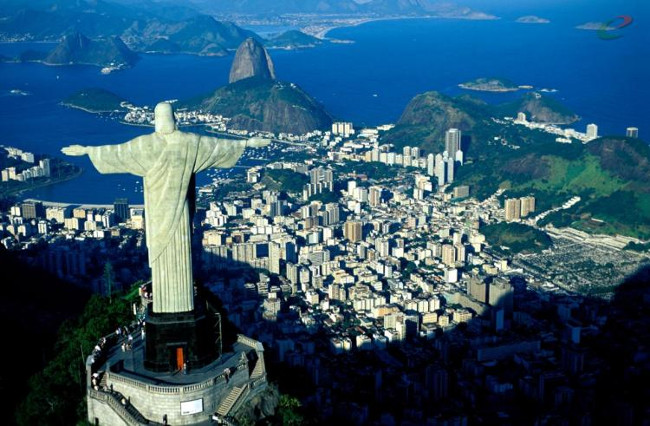
In January 1052, Portuguese explorers found this land and named it "Rio De Janeiro" (River of January) and the name is known today.
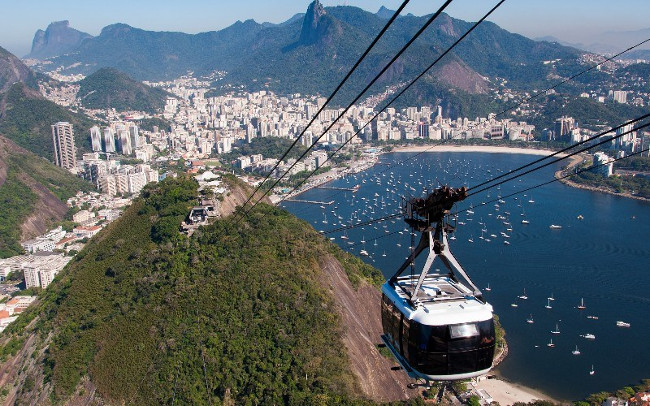
In Portuguese, Rio De Janeiro is also known as "Cidade Maravilhosa" - (Marvelous City - means "Magical city").
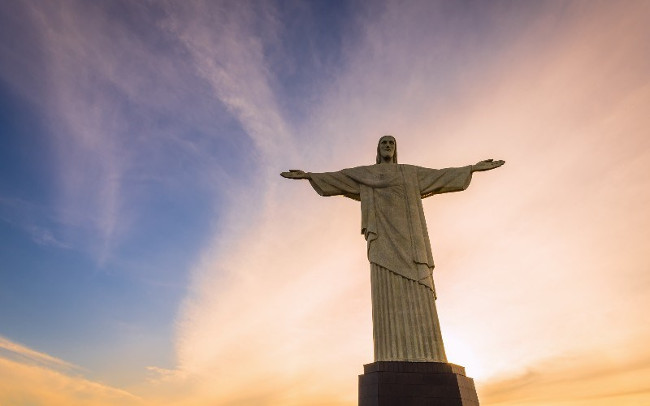
Rio is known by locals as "Carioca" from "Karri ola" - the home of white people.But some other comments suggest that "Carioca" comes from "Acari" - possibly the name of a fish or in the European language meaning a type of armor.
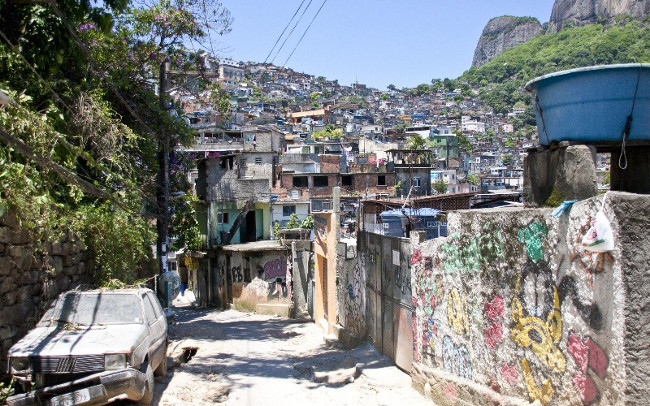
Go to Rio you will be impressed by the colorful murals throughout the street.It is considered a "paradise" for graffiti artists and enthusiasts.
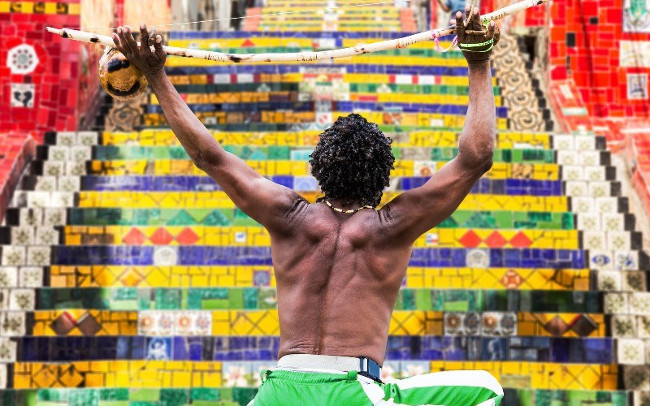
173,850 spectators went to the Maracana Stadium in Rio to follow the 1950 World Cup final between Uruguay and Brazil.This is the most popular football game in history.At the end of that match, Brazil lost to Uruguay with a score of 1-2.
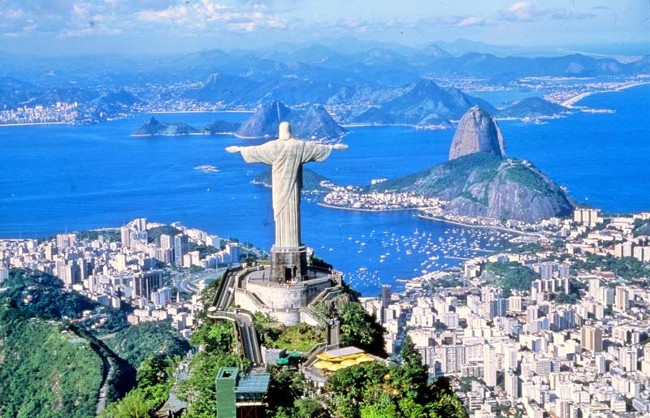
This is also the place where the world's largest concert takes place.In 1994, Rod Stewart held a concert with 3.5 million audiences watching at Copacabana beach.
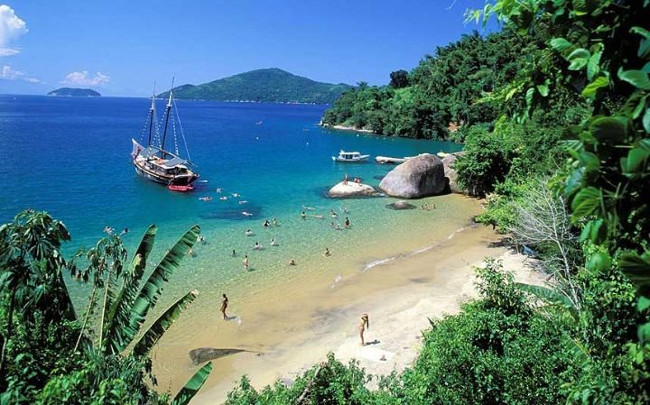
In 1711, after discovering huge gold reserves in Rio, France sought to capture and ransom the city heads (mainly Portuguese).To retain the territory, the heads of the city of Rio had to pay the ransom: 612,000 gold cruzado and 100 canes of sugar.
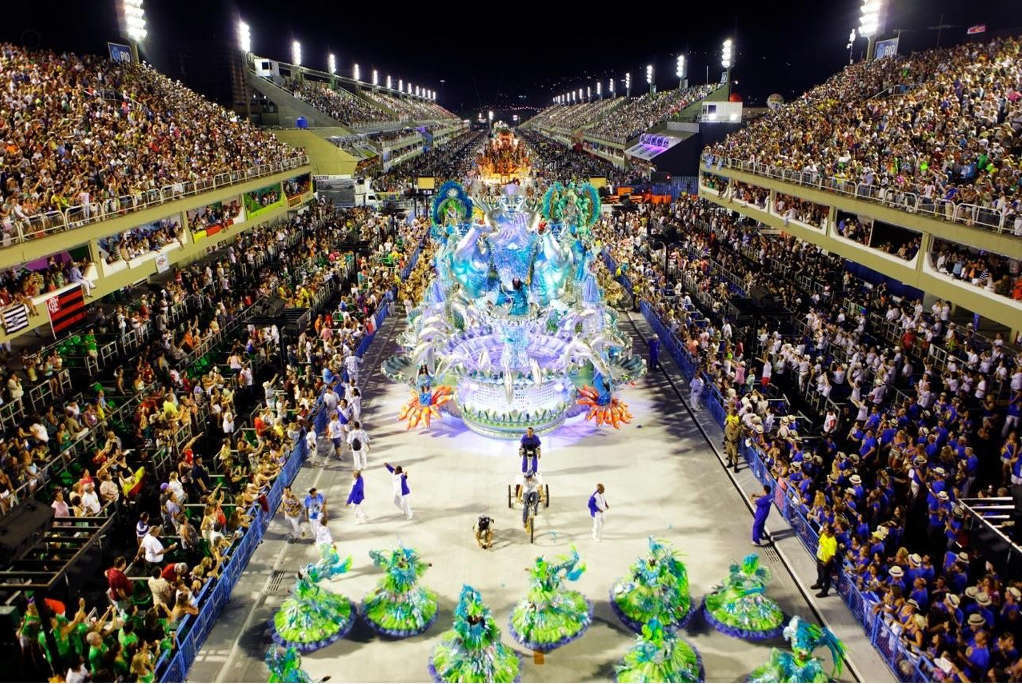
The largest Carnaval festival on the planet takes place in 5 days, with about 587 parties, 4.9 million participants are held annually in Brazil.This festival brings about 570 million Euro for the Brazilian economy.
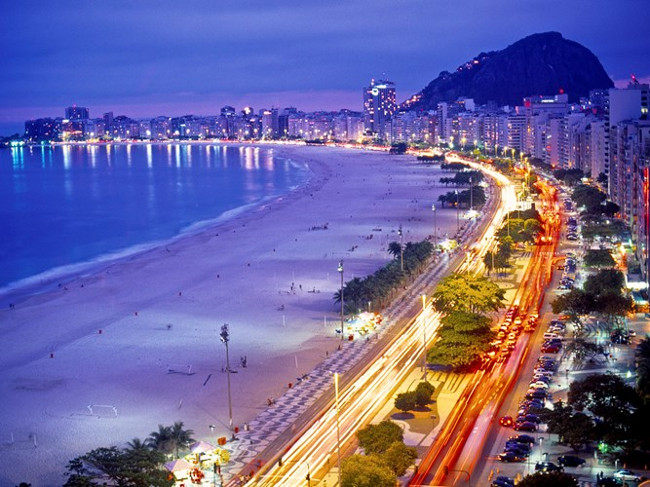
From 1815 to 1822, Rio was the capital of Portugal.
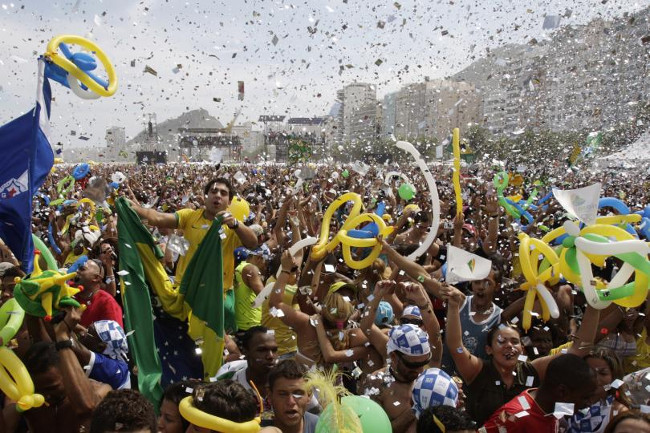
Many people mistake the city of Rio as Brazil's capital.In fact, the city of Brasilia is the capital of Brazil.
You should read it
- Exciting discovery about shooting at the 2016 Olympics
- The UAE plans to build a city on Mars
- The exciting story behind the Rio 2016 Olympic logo creation process
- 10 most impressive scientific discoveries in the world in the first 6 months of 2016
- 10 reasons why you must go to Venice city of love in 2017
- 12 interesting records of planets in the universe
- Tokyo 2020 Olympics will now take place in July 2021, due to coronavirus
- How to Promote a Festival
May be interested
- 14 Best Web Hosting 2018 is completely free and contains no advertising
 below is a list of the 14 best free hosting services that are not advertised.
below is a list of the 14 best free hosting services that are not advertised. - SEO tips for your Website
 when owning a website, you need to have all the knowledge related to web hosting - web hosting service and use the entire resources provided by the web hosting company. one of the most important things you need to do is seo.
when owning a website, you need to have all the knowledge related to web hosting - web hosting service and use the entire resources provided by the web hosting company. one of the most important things you need to do is seo. - How to host a website for free with GitHub Pages
 there are many options and prices for web hosting plans. the more expensive plan is capable of hosting large websites but what if a simple hosting solution is needed for your small website?
there are many options and prices for web hosting plans. the more expensive plan is capable of hosting large websites but what if a simple hosting solution is needed for your small website? - Warning of increased email fraud before the 2020 Tokyo Olympics
 the 2020 tokyo olympics are no more advantageous opportunity for cyber criminals to take advantage of illicit profits.
the 2020 tokyo olympics are no more advantageous opportunity for cyber criminals to take advantage of illicit profits. - 'Ghost city' in the heart of the ocean and the mysteries of puzzle scientists
 the existence of an ancient and mysterious, unique city left in the world on an uninhabited pacific island is 'making it difficult' for archaeologists.
the existence of an ancient and mysterious, unique city left in the world on an uninhabited pacific island is 'making it difficult' for archaeologists. - Secretly reveal the nicknames of major cities in the world
 some big and famous cities in the world have strange nicknames such as the city of the wind, the big apple, the lush city .... what's behind each of those nicknames is mysterious? let's explore that interesting mystery through the article below.
some big and famous cities in the world have strange nicknames such as the city of the wind, the big apple, the lush city .... what's behind each of those nicknames is mysterious? let's explore that interesting mystery through the article below. - 11 Best Web Hosting 2024 are completely free and contain no ads
 right below is a list of 14 best free hosting services without advertising that tipsmake has compiled.
right below is a list of 14 best free hosting services without advertising that tipsmake has compiled. - The ancient city buried in the seabed 1,700 years due to the tsunami
 about 1,700 years ago, a tsunami came to engulf this entire city and make it fall into oblivion.
about 1,700 years ago, a tsunami came to engulf this entire city and make it fall into oblivion. - What's special in the world's most 'livable' city under construction by Toyota?
 the japanese automaker recently revealed on stage ces 2020 plans to build a future city.
the japanese automaker recently revealed on stage ces 2020 plans to build a future city. - The city never sleeps
 the 'space' photobook, photographer vincent laforet, who won the pulitzer prize from the helicopter, shows the beauty of the sleepless, floodlit cities.
the 'space' photobook, photographer vincent laforet, who won the pulitzer prize from the helicopter, shows the beauty of the sleepless, floodlit cities.










 Exciting discovery about shooting at the 2016 Olympics
Exciting discovery about shooting at the 2016 Olympics 10 most impressive scientific discoveries in the world in the first 6 months of 2016
10 most impressive scientific discoveries in the world in the first 6 months of 2016 Review the mascot of the Olympics
Review the mascot of the Olympics The 10 most 'surreal' competitions at the 2016 Rio Olympic Games
The 10 most 'surreal' competitions at the 2016 Rio Olympic Games Fabrication of liquid metal can be self-moving, linked together to create electrical circuits
Fabrication of liquid metal can be self-moving, linked together to create electrical circuits 20 amazing discoveries about countries around the world
20 amazing discoveries about countries around the world